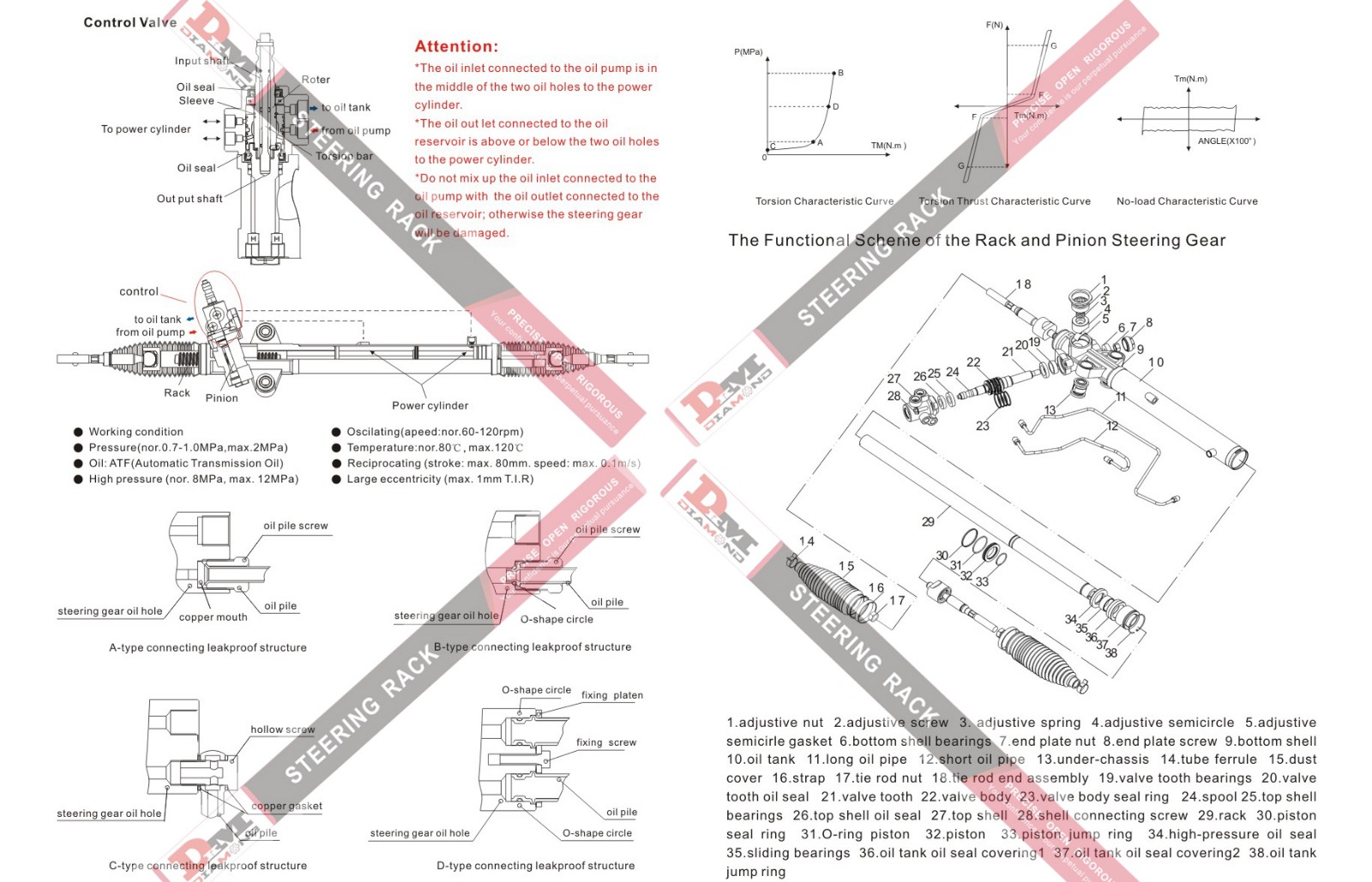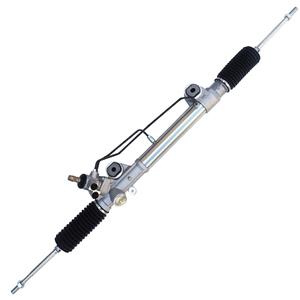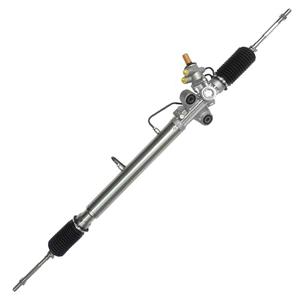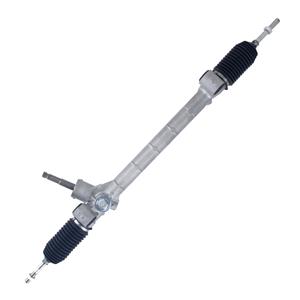Power Rack and Pinion Vs. Manual Rack and Pinion: Are the Steering Ratios the Same?
Rack and Pinion Steering System is one of the most common designs in automotive steering systems. It converts the driver's steering wheel rotation into the steering of the wheels through the interaction of gears and racks. However, when talking about rack and pinion steering systems, the steering ratio is a key concept that directly affects the driving experience.
This article will take a deep dive into the definition of rack and pinion steering ratio, how it behaves in powered and manual rack and pinion systems, and the differences between these two systems in terms of steering ratio.
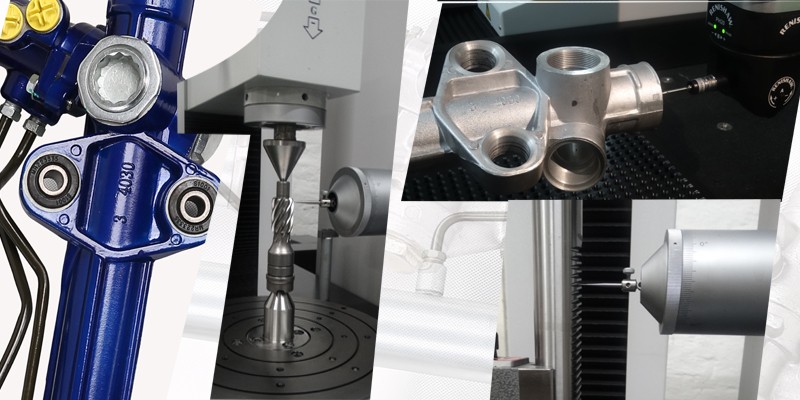
What is the Rack and Pinion Steering Ratio?
The rack and pinion steering ratio refers to the ratio between the steering wheel's rotation angle and the wheel's rotation angle. Specifically, it describes how much the wheel will turn when the steering wheel turns a certain angle. This ratio directly affects the vehicle's handling and driving experience.
For example, if a vehicle has a steering ratio of 16:1, this means that for every 16 degrees of steering wheel rotation, the wheel will turn 1 degree. A larger steering ratio means that the steering wheel needs to be turned more to achieve the same wheel steering angle, while a smaller steering ratio means a more sensitive steering response.
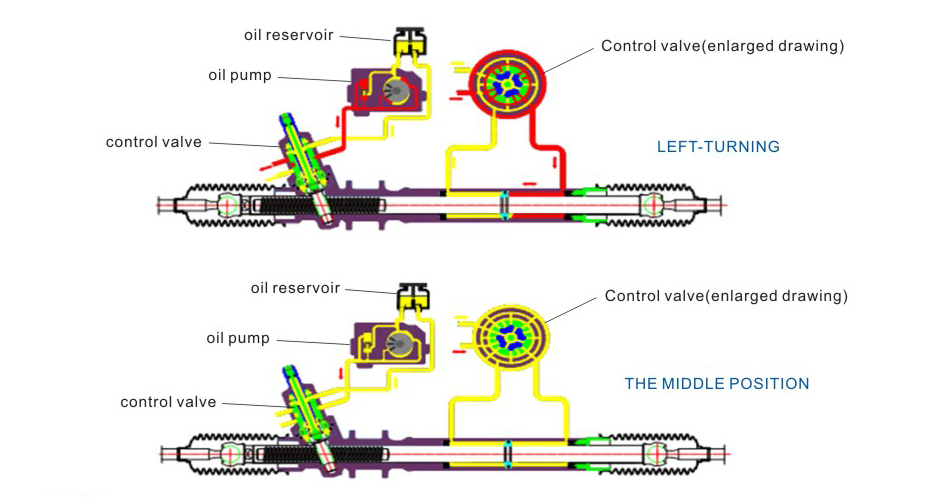
What is the significance of rack and pinion steering ratio?
The steering ratio has an important impact on actual driving. Different steering ratios can change the steering characteristics of the vehicle to adapt to different driving needs:
1. Higher steering ratio: (such as 18:1 or 20:1) is usually used for large vehicles, such as trucks and SUVs. The size of these vehicles is larger, and a higher steering ratio can provide a more stable steering response, reduce sudden steering at high speeds, and thus improve safety.
2. Lower steering ratio: (such as 12:1 or 14:1) is usually used for sports cars or sports sedans. These vehicles require faster steering response, and a lower steering ratio allows a slight turn of the steering wheel to cause noticeable wheel rotation, thereby improving handling and driving pleasure.
3. Variable steering ratio: Some high-end vehicles are also equipped with a variable steering ratio system, which can automatically adjust the steering ratio according to the vehicle speed. For example, a lower steering ratio is provided at low speeds for easier handling; while the steering ratio is increased at high speeds to improve vehicle stability.
What is a power rack and pinion steering system?
A power rack and pinion steering system is an improved design based on the traditional rack and pinion steering system, usually equipped with a hydraulic or electric power assist device. The power assist device can help the driver turn the steering wheel more easily, especially at low speeds or when parking.
The steering ratio of a power rack and pinion steering system is usually designed to be relatively small, because the power assist system can compensate for the force required to turn the steering wheel due to the lower steering ratio. Therefore, the driver will feel very relaxed when turning the steering wheel, and can still easily control the vehicle even at a lower steering ratio. The lower steering ratio also means that the wheel steering response is more sensitive when turning the steering wheel at a smaller angle, making the vehicle easier to control.
What is a manual rack and pinion steering system?
A manual rack and pinion steering system is a steering system without power assistance, which relies entirely on the driver's strength to turn the steering wheel. This system is usually used in lighter vehicles or older vehicles. Since there is no assistance from the power assist system, the driver needs to apply more force to turn the steering wheel at low speeds.
The steering ratio of a manual rack and pinion steering system is usually designed to be larger, which is to reduce the force required by the driver to turn the steering wheel. A larger steering ratio means that the steering wheel needs to turn more to achieve the same wheel steering angle, which reduces the amount of force the driver needs to apply. While this design makes it easier to operate at low speeds, it also makes the vehicle's steering response relatively slow, especially at high speeds.
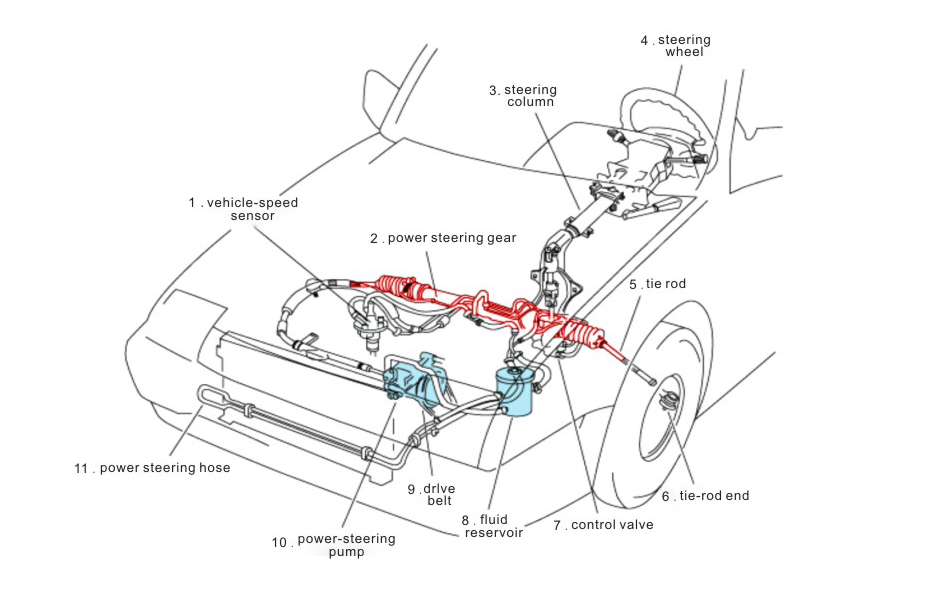
Power Rack and Pinion Vs. Manual Rack and Pinion: Are the Steering Ratios the Same?
The difference in steering ratio is a key point when discussing power rack and pinion steering systems versus manual rack and pinion steering systems. Although the basic design of the two is similar, the steering ratio of the power system is usually designed to be lower due to the addition of the power system, while the manual system tends to have a higher steering ratio.
Adjustment of Steering Ratio
In a power rack and pinion steering system, due to the presence of the power system, the manufacturer can choose a lower steering ratio to provide a faster steering response. This means that under the same steering wheel rotation, the wheel rotation angle of the power steering system will be greater, and the driver's steering operation will be more agile. This design is an advantage for drivers who want a more sporty handling experience.
In a manual rack and pinion steering system, without the assistance of the power system, the lower steering ratio will cause the steering wheel operation to become very heavy, especially at low speeds or when parking. Therefore, manual systems usually choose a higher steering ratio to reduce the driver's operating burden, even if this results in a relatively slow steering response.
Steering feel
Powered rack and pinion steering systems usually provide a lighter steering feel, thanks to the presence of the power steering system. Even at a lower steering ratio, the driver can easily turn the steering wheel, and the vehicle responds quickly, which is particularly suitable for fast maneuvers in urban driving and high-speed lane changes.
In contrast, manual rack and pinion steering systems have a heavier steering feel, especially at low speeds. This system provides a more linear and stable steering feel at high speeds, but the driver may find it a bit strenuous on narrow roads or when parking.
Impact of driving style
Powered rack and pinion steering systems are more suitable for users who seek a relaxed driving experience, especially those who often drive in urban environments. The combination of a lower steering ratio and a power steering system makes the steering more agile and allows the driver to easily control the vehicle without much effort.
Manual rack and pinion steering systems are more suitable for users who seek a more traditional driving experience. The higher steering ratio of this system makes the vehicle more stable at high speeds, but it is relatively heavy to operate at low speeds. The manual system provides an intuitive and linear driving experience, allowing the driver to feel the dynamic changes of the vehicle more directly.
